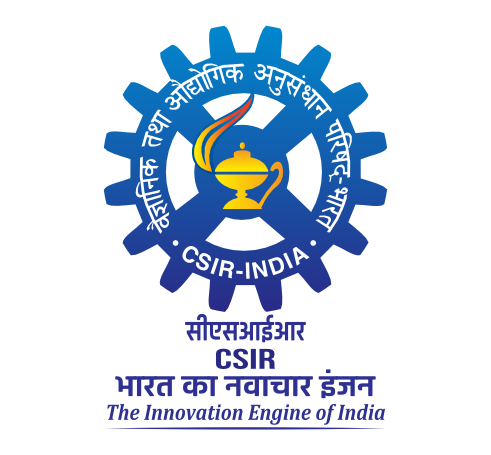Chitosan: A versatile polymer for enhancing plant bioactive accumulation, managing plant diseases, and advancing food preservation technologies
Kiran Suresh, Mawale and Parvatam, Giridhar and Sudhakar Johnson, T. (2025) Chitosan: A versatile polymer for enhancing plant bioactive accumulation, managing plant diseases, and advancing food preservation technologies. International Journal of Biological Macromolecules, 308. pp. 1-19.
|
PDF
1-s2.0-S0141813025026339-main.pdf - Published Version Restricted to Registered users only Download (2MB) | Request a copy |
Abstract
Chitosan is a versatile biopolymer composed of N-acetyl D-glucosamine and D-glucosamine units linked by β-(1→4) glycosidic bonds. It is known for its diverse biological applications, which include antimicrobial, antioxidant, antitumor, immunomodulatory, immunoadjuvant, and metal ion chelating abilities. Despite these benefits, the complexity of chitosan’s structure limits its use in specific applications, particularly in scalability, solubility, and formulation stability. This review examines chitosan’s role in food technology, agriculture, and tissue culture, focusing on its potential to enhance the accumulation of secondary metabolites and its applica tions in nanotechnology. A comprehensive search of databases, including PubMed, Scopus, and Google Scholar, was conducted to gather relevant literature. Chitosan is used in food technology to preserve seafood and meat, package them, and monitor degradation. Its role in improving crop productivity and plant disease management and promoting growth in both ex-vitro and in-vitro conditions has been discussed, as have chitosan-based nanoformulations as plant growth promoters and biocides. Further research could unlock chitosan’s potential to enhance food security, environmental sustainability, and sustainable agriculture. Future research should be directed toward enabling chitosan’s broader applications beyond food technology and agriculture. An integrated effort among academic institutions, research centres, and regulatory bodies is needed to bridge the gap between innovation and practical implementation. These efforts include joint research initiatives, policy framework development, capacity building, public-private partnerships, harmonization of standards, and fostering collab oration between industries and regulatory agencies. These efforts aim to validate new technologies, establish shared databases, streamline approval processes, and ensure research outcomes are translatable into regulatory and commercial frameworks.
| Item Type: | Article |
|---|---|
| Uncontrolled Keywords: | Biofilm, Chitosan nanoparticles, Food preservation, Immobilization, Sustainability, Secondary metabolites |
| Subjects: | 500 Natural Sciences and Mathematics > 04 Chemistry and Allied Sciences > 28 Polysaccharide Chemistry 600 Technology > 08 Food technology > 06 Preservation and Storage |
| Divisions: | Plant Cell Biotechnology |
| Depositing User: | Somashekar K S |
| Date Deposited: | 24 Jun 2025 08:08 |
| Last Modified: | 24 Jun 2025 08:08 |
| URI: | http://ir.cftri.res.in/id/eprint/19555 |
Actions (login required)
 |
View Item |

